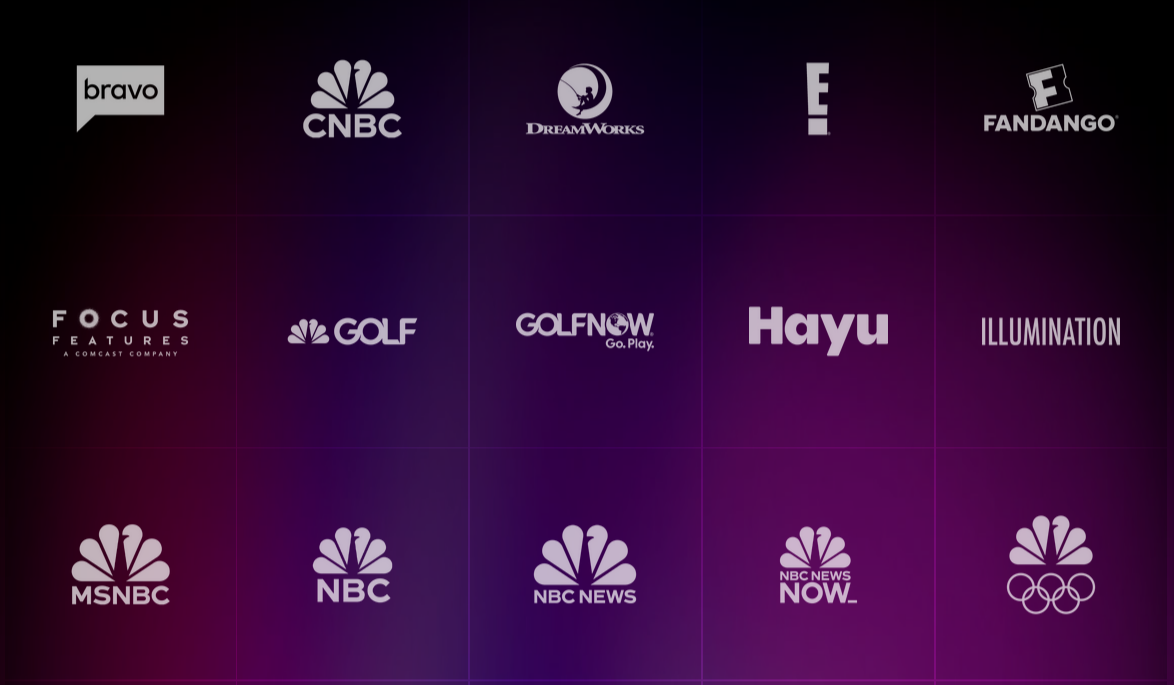
NBCUniversal Brings Peacock to YouTube and Extends Channel Distribution in Major Agreement with Google
Google and NBCUniversal Cut Major Distribution Deal, Reshaping the Streaming Landscape
Legacy networks trade independence for reach as tech giants tighten their grip on entertainment.
Google and NBCUniversal just signed a sweeping new deal that could reshape how millions of people watch TV. Announced Thursday, the multi-year partnership secures NBC’s broadcast and cable networks on YouTube TV, puts Peacock inside YouTube’s Primetime Channels, and deepens the integration of Universal Pictures content across Google’s platforms. Perhaps most eye-catching, NBC Sports Network is coming back—just four years after NBCUniversal shut it down.

Matt Schnaars, NBCUniversal’s president of platform distribution, called the deal “a win for our business and our viewers.” The choice of words tells its own story. For a company that once pinned its future on direct-to-consumer streaming, NBC is now leaning on Big Tech to keep its shows and sports in front of audiences.
Did you know? NBCUniversal was created in 2004 by combining the historic NBC network (founded in 1926) with Universal’s film legacy, and today it spans broadcast (NBC, Telemundo), cable (USA, Bravo, CNBC, MSNBC, Syfy, E!, Oxygen), film and TV studios (Universal Pictures, Universal Studio Group), the Peacock streaming service, and Universal theme parks—now all under Comcast’s ownership since 2013.
When Survival Outweighs Independence
The timing isn’t random. YouTube has become the biggest TV distributor in America, grabbing 13.4% of total U.S. watch time this summer, according to Nielsen. It’s beaten cable and broadcast for half a year straight. For NBCUniversal, missing from that universe during election coverage and the fall sports rush wasn’t an option.
Peacock, NBC’s own streaming service, has around 41 million subscribers. Respectable, sure—but nowhere near Netflix, Disney+, or Max. And it’s still losing money. In the last quarter alone, Peacock posted a $101 million loss on $1.2 billion in revenue. High customer acquisition costs and limited discovery keep weighing it down.
Meanwhile, YouTube TV has surged to roughly 9.4 million subscribers paying nearly $83 a month, up more than a third from two years ago. By bundling live TV with Google’s ad machine and recommendation tools, YouTube has essentially rebuilt the cable package—only smarter and more personalized.
Tech Platforms Take the Driver’s Seat
The details of the deal show how much control Big Tech now wields. NBC’s networks—NBC, Telemundo, Bravo, CNBC, MSNBC, USA, Syfy, and others—stay on YouTube TV for years to come. But Peacock also becomes an add-on subscription within YouTube’s Primetime Channels, putting it directly inside Google’s checkout funnel.
That setup gives Peacock exposure to a massive audience, but it comes at a price. NBCUniversal hands over valuable viewer data and accepts slimmer margins. Typically, publishers pocket less than 85% of revenue from marketplace subscriptions—compared to keeping the full share when customers sign up directly.
The bigger risk? Power dynamics. Once a platform controls your distribution, it controls pricing, visibility, and even perceived value. Cable once held that power. Now, it’s YouTube’s algorithm.
Sports: NBC’s Trump Card
The decision to relaunch NBC Sports Network says a lot. NBC shut the channel in 2021, shifting sports to Peacock and USA Network. Now, it’s bringing it back for YouTube TV. Why? Because live sports remain the one kind of programming that people still watch in real time—and the one thing that commands serious carriage fees.
This revival comes just as the NBA prepares to renegotiate media rights and as NBC looks to maximize properties like Sunday Night Football, NASCAR, Notre Dame football, and the NHL. Having a dedicated sports channel within YouTube TV’s bundle gives NBCUniversal clearer leverage in those talks.
Sports are also critical for advertising. With nearly three-quarters of TV viewing now ad-supported, networks need content that advertisers can’t ignore. For NBCUniversal, sports may be the last line of defense.
The Dollars Behind the Deal
The math helps explain why both companies agreed. For Google, the deal prevents costly subscriber losses. Even a small dip in churn during the NFL season or election coverage could save nearly $100 million a year in revenue. Plus, YouTube TV has already raised prices three times since 2020. The richer content lineup makes future hikes easier to justify. A $3 bump per subscriber would add roughly $338 million in annual revenue.
For NBCUniversal, guaranteed carriage fees from YouTube TV soften the blow of cord-cutting. Five million U.S. households cut cable or satellite in 2024 alone. Expanded Peacock distribution also offers fresh growth. If just 5–10% of YouTube TV’s subscribers try Peacock and half stick around for six months, NBC could pull in an extra $85–200 million in yearly revenue—even if margins are thinner.
Bundling’s Big Comeback
Step back and the trend is clear: bundling is back. Amazon already sells third-party services through Prime Video Channels. Apple does it too. Roku wants to be the universal operating system. Instead of killing bundles, streaming has reinvented them—this time with tech giants in charge.
The irony is striking. A decade ago, media companies broke away from cable to go “direct-to-consumer.” Now, the costs of acquiring customers, producing content, and running platforms at scale have driven them back into someone else’s ecosystem. As one industry executive put it, “We’ve just swapped landlords.”
What It Means for Investors
Investors should watch a few things closely over the next year. For Google, YouTube TV is still a relatively small piece of revenue, but its defensive value is big. Keeping subscribers during major events matters more than flashy growth. Analysts will be watching churn, pricing power, and how rising content costs affect margins.
For Comcast, NBCUniversal’s parent, the deal plugs a hole in distribution but raises longer-term questions. Peacock’s profitability increasingly depends on being bundled through platforms like YouTube, not growing on its own. That strategy saves money but could cap upside.
Advertising could be another wild card. If Google folds NBC’s premium inventory into its ad machine, it may squeeze out extra yield. But the bigger share of that value will likely flow to Google, not NBCUniversal.
The Bigger Picture
This deal highlights a truth the industry has been dancing around: media companies aren’t beating tech platforms. They’re feeding them. Just like they once fed cable. Only now, algorithms and data gaps make the power imbalance even sharper.
Some will call NBC’s move pragmatic. Others will call it surrender. Either way, distribution has reclaimed the throne. Content may still be king, but the platforms that control how audiences find it are the real emperors.
And in today’s streaming world, every network has to decide: fight to stand alone, or rent space in someone else’s castle.